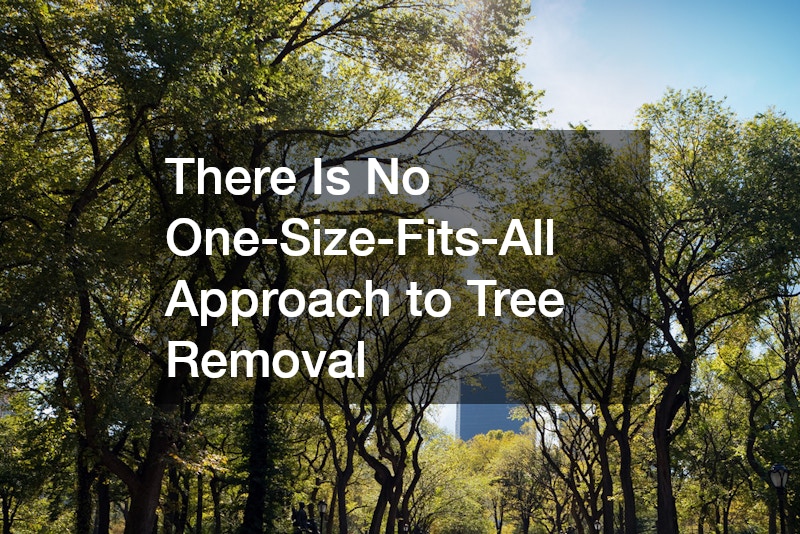Tree removal is a task that requires careful planning, the right tools, and a strong understanding of safety and environmental considerations. Whether a tree is diseased, dead, hazardous, or simply in the wrong location, removing it must be done efficiently and responsibly. The best method often depends on the size of the tree, its location, proximity to structures, and the overall landscape. In this article, we’ll explore the most effective techniques for tree removal, along with key factors that homeowners and professionals should consider before taking action.
Manual Tree Removal
Manual tree removal is a traditional and cost-effective method used for smaller trees or saplings. This approach involves the use of hand tools such as axes, hand saws, or chainsaws, and can be performed by homeowners if the tree is small and safely accessible.
The process typically involves cutting the tree at the base, felling it in a controlled direction, and then cutting it into smaller sections for removal or disposal.
This method is most suitable when the tree is far from buildings or utility lines. Safety is still critical, and wearing proper protective gear—such as gloves, goggles, and hard hats—is essential. However, this technique isn’t ideal for larger or unstable trees, which may require professional attention.
Climbing and Sectional Cutting
For larger trees located near structures or in confined spaces, climbing and sectional cutting is one of the safest and most efficient methods. In this technique, a trained arborist climbs the tree using safety harnesses and cuts it down in sections from the top down. Branches and trunk segments are either dropped carefully or lowered to the ground using ropes and pulleys.
This controlled approach minimizes the risk of damage to nearby property and is particularly useful in urban or suburban environments. It requires expertise, physical skill, and professional-grade equipment, making it unsuitable for DIY tree removal efforts. Hiring a certified arborist ensures the job is done safely and correctly.
Crane-Assisted Tree Removal
Crane-assisted tree removal is considered one of the best methods for handling extremely large or dangerous trees. In this method, a crane lifts and removes large sections of the tree, one piece at a time, often bypassing the need for climbing altogether. It significantly reduces the amount of manual labor involved and increases safety when working around buildings or power lines.
Cranes are especially beneficial in storm-damaged areas where trees are leaning or partially uprooted. Though this technique is more costly due to the equipment involved, it is one of the most efficient and risk-free methods available. It also allows for faster completion, particularly on large or complex jobs.
Stump Grinding and Removal
Tree removal doesn’t end when the trunk comes down. The remaining stump must also be addressed, and there are two primary options: stump grinding and stump removal. Stump grinding involves using a specialized machine to shred the stump into wood chips just below ground level. This option is less invasive and leaves the roots to decompose naturally over time.
Stump removal, on the other hand, involves digging out the entire stump and root system. While more labor-intensive and disruptive to the surrounding landscape, it completely eliminates the possibility of regrowth or pest infestation. The best choice depends on future landscaping plans and whether full root removal is necessary.
Chemical Tree Removal
In some cases, chemical methods can be used to kill or decompose a tree, particularly if felling it is not immediately feasible. Chemicals are typically applied to a freshly cut stump or drilled holes in the trunk. Over time, the chemicals break down the wood and prevent regrowth. While this method is slow and not suitable for urgent removals, it can be effective for smaller trees or invasive species. Care must be taken to follow safety guidelines, as improper use of herbicides can harm surrounding vegetation or contaminate soil and water.
Final Thoughts
There is no one-size-fits-all approach to tree removal. The best method depends on factors such as tree size, location, risk level, and long-term landscaping goals. While smaller jobs can sometimes be handled manually, more complex removals often require the expertise of trained professionals. Whether using sectional cutting, crane assistance, or chemical treatment, each method offers unique benefits. Understanding your options and prioritizing safety will help ensure a smooth, efficient process from start to finish.





